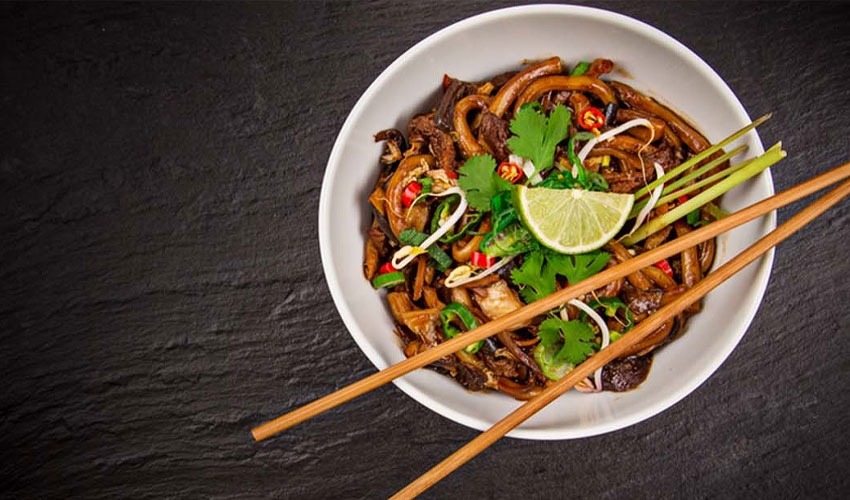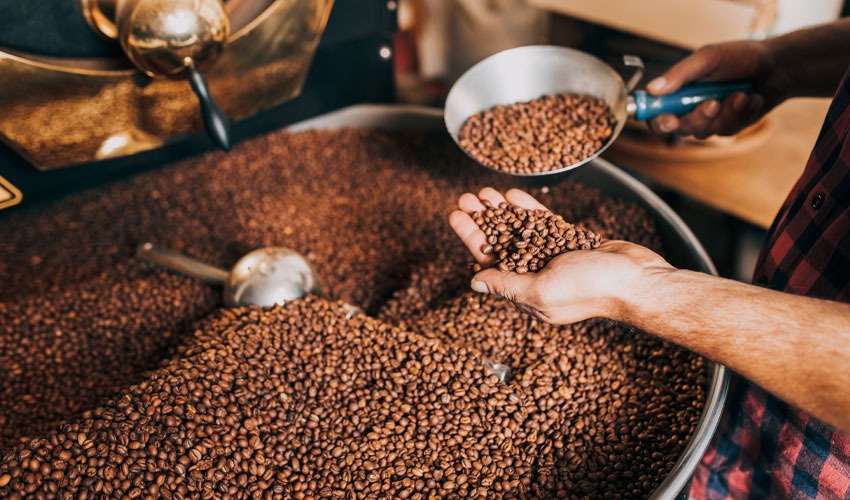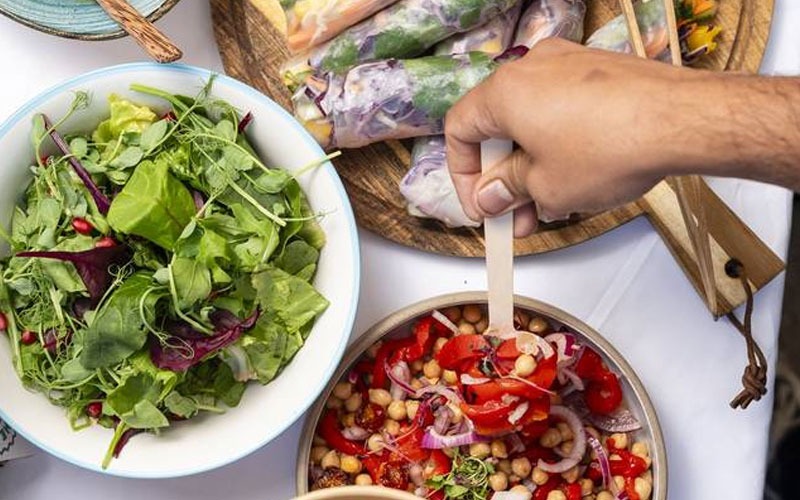Chinese food is widely known worldwide, but the variety of ingredients may surprise people who have only had it in restaurants abroad. These days, there are many restaurants—from upscale establishments to small eateries—serving Indochinese cuisine.
Among the foods are Manchurian chicken and vegetables, which are always fried and topped with garlic chilli sauce; other dishes include spicy sauce, sour noodles, and the well-known Japanese rice dish in Dubai. Cooking is the more frequent name for it. All of these are extremely rare. It tastes a lot like Chinese food.
Thus, a Chinese portion is typically offered on the menu of even restaurants that serve food from Dubai. Even with all of the classic favourites like sweet corn soup, fried rice, and chilli chicken, most diners are not interested in ordering just one or two items.
How precisely did Chinese food come to be so well-liked in Dubai?
Similar to several amazing food tales from across the globe, this one started with immigrants interacting with different communities and has been a fixture of Dubai cuisine for many years. It produced a fusion meal that was distinct and had a life of its own. Chinese people are generally less concerned with their diet than people from Western societies. They pay more attention to the meal’s flavour, colour, and aroma than to its texture. These are the essential ingredients of top-notch Chinese food.
Comfort food cooking
Currently, 10% of young Indians’ salaries are spent on restaurants, takeout, and other food-related businesses, and over 60% of them eat out three times a month. revenue from catering, canteen orders, and eating out.
As was already mentioned, Chinese cuisine, which consisted of rice dishes and sauces, was the perfect fusion of unusual and traditional Indian cuisines. Eating Chinese food consequently brought back memories for individuals who grew up in this nation during a time when dining out was completely different from what it is now.
Indians now own and operate every Chinese restaurant in the nation, and the majority of its chefs are also Indian. Sushi meal delivery is the greatest source of trusted culinary service in the food market, regardless of whether you’re looking for Korean spices or chopsticks providers in Dubai.
The dish that represents Chinese cuisine
The four primary food groups in a Chinese meal are fruits, grains, vegetables, and meat. Due to lactose intolerance, Chinese people are unable to consume large amounts of dairy. However, Chinese people substitute them with tofu and soymilk, which are similarly extraordinarily high in protein and calcium. Usually, fresh meats, fruits, and vegetables are eaten.
This ban does not apply to eggs, salmon, salted and dried seafood, or preserved foods like mustard greens and snow cabbage. Additionally prohibited are snacks like dried mango pieces, sirloin, and cuttlefish. Prunes with a sweet and sour taste are also prohibited.
Concerned about obesity and elevated cholesterol?
In the West, desserts like pies, biscuits, pastries, and Japanese ice cream in Dubai are usually saved for important occasions like birthdays and weddings. After supper, families usually enjoy seasonal fruit for dessert. On hot summer nights, Chinese desserts are sometimes served as a special feast. Soups prepared with white lotus seeds, steaming papaya, and beans are a few examples of this kind. There aren’t many deep-fried foods in ethnic Chinese cuisine. Most Chinese restaurants in the United Arab Emirates provide deep-fried foods like almond-fried chicken and deep-fried shrimp to increase sales and appeal to Western palates. This explains why, in Western countries as opposed to Chinese societies, obesity and increased cholesterol are regarded as more serious problems.





